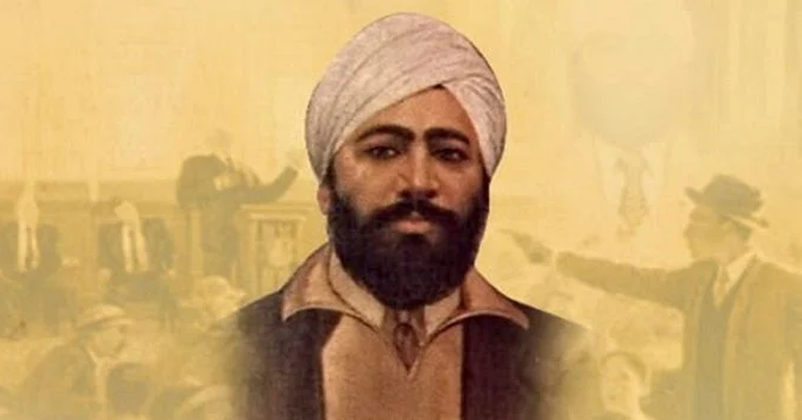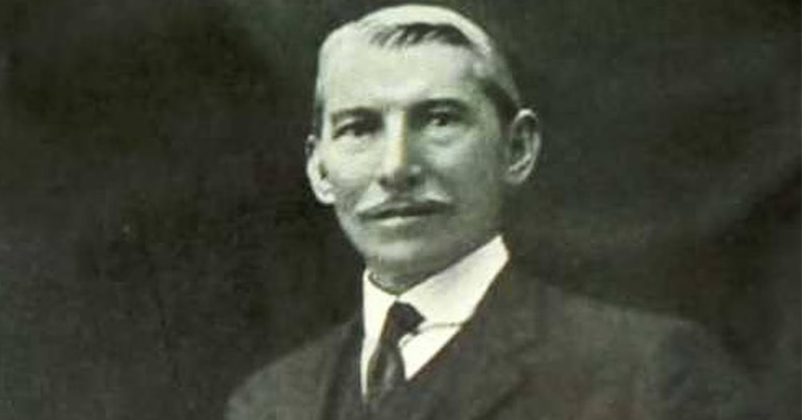Legend of Martyr Udham Singh; What shaped his as legend revolutionary?
| 15-Mar-2023 |

What incident shaped Udham Singh?
To understand the legend of Udham Singh, we must understand who Michael O'Dwyer was and his connection with the Jallianwala Bagh Massacre. For those of us who are unaware of this heinous crime against us, we need a certain backdrop of the situation. On the afternoon of April 13, a crowd of at least 10,000 men, women, and children gathered in Jallianwala Bagh, which was nearly completely enclosed by walls and had only one exit. It is not clear how many people were protesters who were defying the ban on public meetings and protesting about the Rowlatt Act and how many had come to the city from the surrounding region to celebrate Baisakhi, a spring festival. Dyer and his soldiers arrived and sealed off the exit. Without warning, the troops opened fire on the crowd, reportedly shooting hundreds of rounds until they ran out of ammunition. It is not certain how many died in the bloodbath, but according to one official report, an estimated 379 people were killed, and about 1,200 more were wounded. After they ceased firing, the troops immediately withdrew from the place, leaving behind the dead and wounded. Now, try to understand how this incident can affect someone's life as you see your people being killed for protesting. Though the protesting part was illegal, the protest itself was peaceful, and firing until you run out of ammo on people who cannot even run because the forces have closed the exit is just too cruel even to think about, let alone doing it. This incident shaped Udham Singh a lot and made him a fierce nationalist who wanted revenge for the Jallianwala massacre.
What was the Rowlatt Act?
The Rowlatt Act was passed in March 1919 by the Central Legislative Council to control nationalist struggles and curtailed the liberty of the people. The Bill provided for the speedy trial of offenses by a special court and had no appeal. The provincial government had the power to search a place and arrest a suspected person without a warrant. To understand the context of why this act was so controversial from its get-go of implementation, we must remember the fact that India was struggling for independence at that point in time, and this act gave unlimited powers to British officials where they can act on us without any warrant. On the other hand, we cannot even plead to it. What this will lead to is ultimate chaos as countless people were being arrested, and that too without any proof, and they cannot even challenge it.

Michael O'Dwyer-
Michael O'Dwyer endorsed Dyer's actions at Jallianwala Bagh, making it clear that he felt Dyer's orders to shoot and murder innocent men, women, and children were correct. It emerged as a fact that the massacre was premeditated by officials including O'Dwyer. In retaliation for the massacre, O'Dwyer was assassinated by Martyr Udham Singh on 13th March 1940, almost 21 years after the Jallianwala Bagh killings, when he was attending a joint meeting of the East India Association and the Royal Central Asian Society scheduled at Caxton Hall. Michael O'Dwyer was one of the speakers at the meeting. Udham managed to sneak in a revolver at this meeting and shot him twice, and he died immediately, thus coming to the end of one of the perpetrators of one of the worst crimes in human history, and Martyr Udham Singh was responsible for it.
( by Anurag Kumar and Vidushi Agrawal)